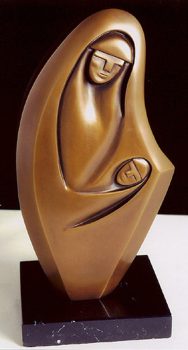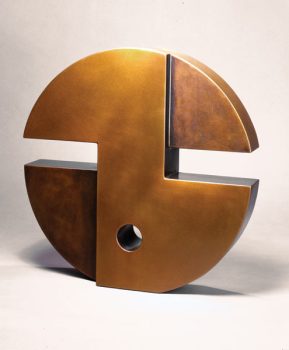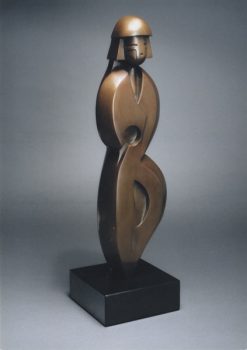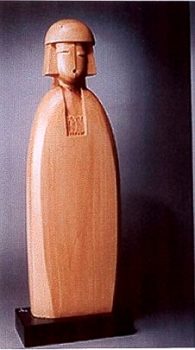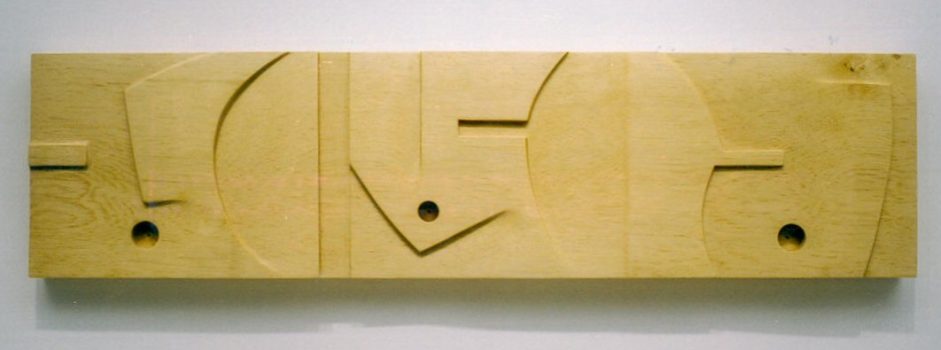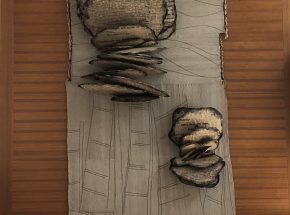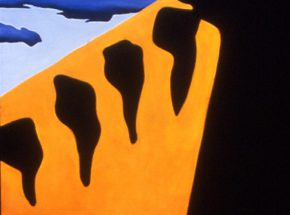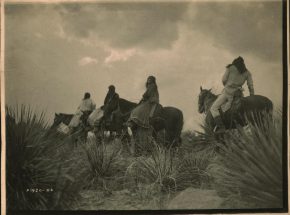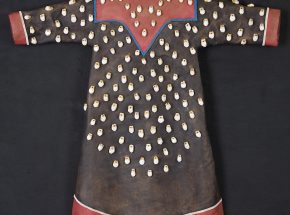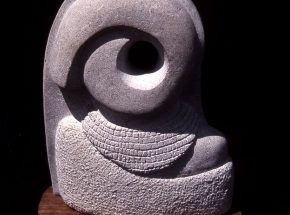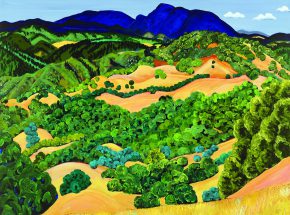
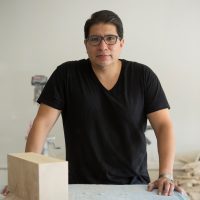
Arlo Namingha is from the Tewa/Hopi tribe, and the eldest son of internationally known artist Dan Namingha. He was born in Santa Fe, New Mexico and raised in San Juan Pueblo, New Mexico. Growing up with his Native culture, he began carving Katsina Dolls at an early age. Working from commissions in his early twenties, he started producing wood sculptures and now works in wood, clay, stone, fabricated and cast bronze. After managing Niman Fine Art for ten years, he is now focused on his art career with recent exhibits in both the Southwest and East coast. His works are included in many private collections, and he has also given generously to various organizations and fundraisers throughout New Mexico.
In 2001, he was commissioned to be a part of the Horse Power New Mexico art project of Painted Ponies. His horse, Pueblo Pony, was designated for a local organization, Gerard’s House, which is a grieving center for young children to help them cope with the loss of a loved one.
In 2002, the Montclair Art Museum in Montclair, New Jersey acquired two pieces for their permanent collection.
In 2003, the First Lady of New Mexico selected two of his sculptures for the Governors Mansion which are still on display.
The New Mexico community foundation commissioned Arlo and Dan Namingha to create a sculpture that will be presented annually to a family or individuals who have contributed to the state of New Mexico. The first recipient to receive the award in 2003 was the New Mexico Lt. Governor, Diane Denish and her family, The Daniels. The title of the sculpture is Looking to the Future.
Most recently, the Palm Desert Museum and the U.S. Embassies in Uzbekistan and Phnom Penh, Cambodia have added Arlo’s work to their permanent collections, and the Albuquerque Museum in New Mexico commissioned Arlo to do a sculpture for their permanent collection.
Working in various woods, clay, cast bronze, fabricated bronze and stone. The majority of sculptures I create reflect my Tewa/Hopi background. Using the idea of design, form and movement, I minimize these literal images not to recreate them but to draw form them and my personal experiences.
My work not only reflects the figurative aspect of my native people and cultural deities but also the idea of scenery and landscape as well as symbolism.
Arlo Namingha
Website
http://www.namingha.com
